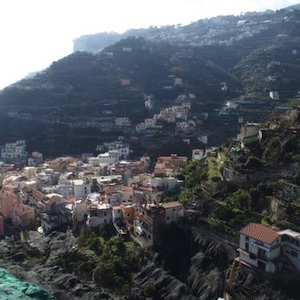Terraced landscapes: risk and liability

HTML: 7
All claims expressed in this article are solely those of the authors and do not necessarily represent those of their affiliated organizations, or those of the publisher, the editors and the reviewers. Any product that may be evaluated in this article or claim that may be made by its manufacturer is not guaranteed or endorsed by the publisher.
Authors
Terraced landscapes are preserved elements of the human-influenced environment, maintained by ongoing agricultural activities. Farmers are subject to the periodic collapse of terraces, which are repaired by means of traditional techniques. Unless it can be proven that the collapse was accidental, the owner is liable for the damage caused by the collapse of the terraces or landslides. This topic, applied to Minori (Amalfi Coast, Italy), is interesting for two reasons. First, with the advancement of scientific knowledge, the unpredictability of events diminishes and the liability increases. Second, the intensive construction at the base of the terraces and the economic value of the buildings, enhanced by the landscape context, expose the owners to claims for damages from third parties that are disproportionate to the agricultural income, including claims for amnestied illegal constructions. The result has been an increase in the renunciation of property rights by farmers in areas of high hydro-geological risk. However, the State, which becomes the owner, denies the validity of property relinquishments made by owners solely to transfer risk, cost, and liability to the state treasury. This paper discusses these issues, going beyond the Italian case study, and proposes a different risk allocation related to territorial governance. This study reveals a discrepancy in government decision making and suggests that the division of risk into multiple components could be a solution to this inconsistency.
How to Cite

This work is licensed under a Creative Commons Attribution-NonCommercial 4.0 International License.
PAGEPress has chosen to apply the Creative Commons Attribution NonCommercial 4.0 International License (CC BY-NC 4.0) to all manuscripts to be published.

 https://doi.org/10.4081/jae.2024.1618
https://doi.org/10.4081/jae.2024.1618



